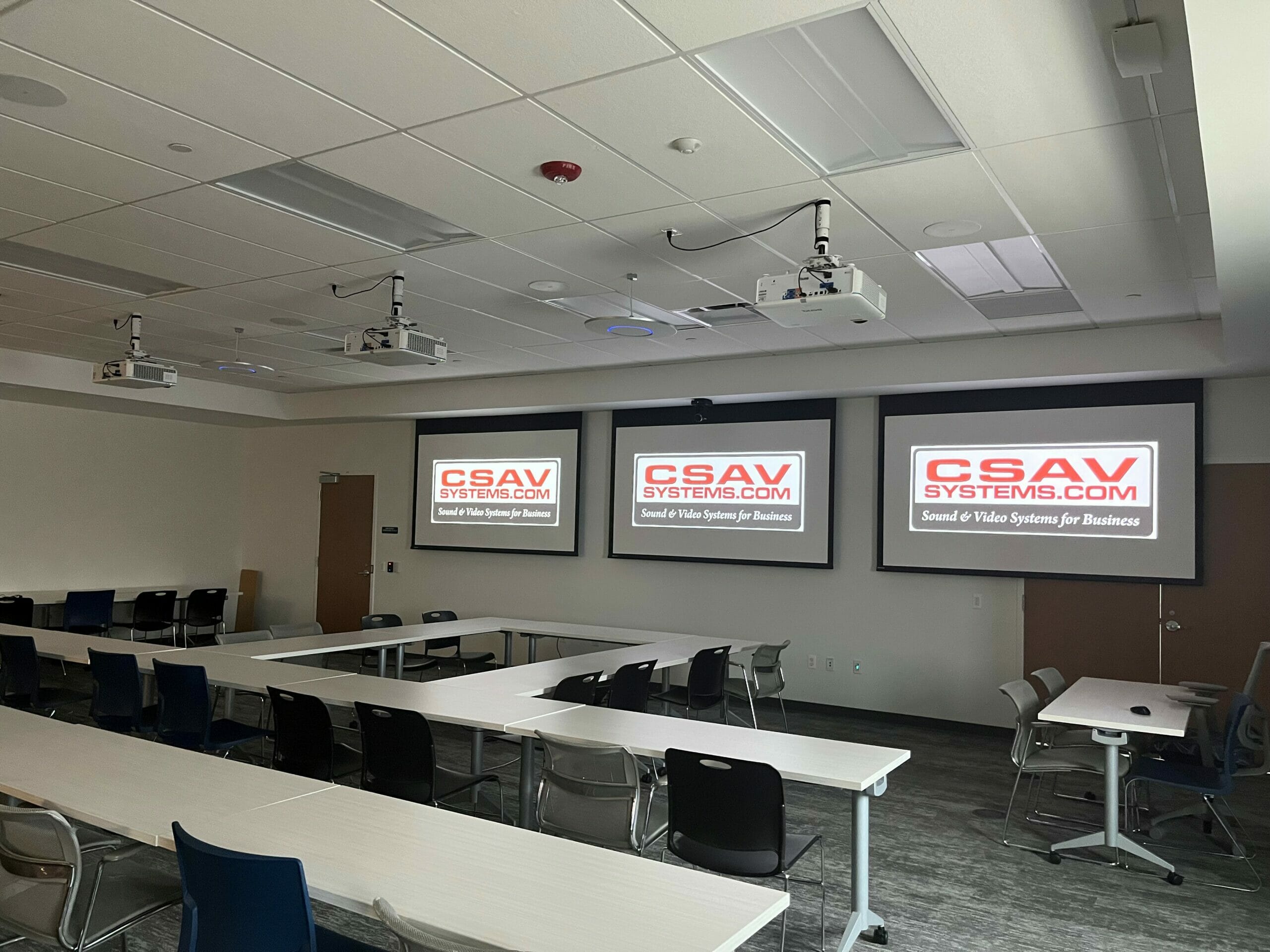Understand How Professionals Select the Perfect Surveillance System to Fulfill Your Security Requirements
Understand How Professionals Select the Perfect Surveillance System to Fulfill Your Security Requirements
Blog Article
As it comes to ensuring protection and security, choosing the appropriate CCTV system is crucial. CCTV television (CCTV) setups are widely used for monitoring in various settings, such as homes, businesses, and public areas. These systems assist observe activities, deter crime, and provide valuable evidence in the event of incidents. Comprehending the various components and features of CCTV systems can help individuals and organizations formulate knowledgeable choices that most meet their security needs.
One of the first considerations when selecting a CCTV setup is the kind of surveillance devices needed. There are numerous varieties of cameras available, including bulb devices, projectile cameras, and PTZ (pan-tilt-zoom) cameras. Dome devices are commonly employed for interior monitoring due to their subtle design, while projectile cameras are more visible and are generally employed externally. PTZ cameras provide the ability to zoom in on particular locations and can be controlled remotely. Evaluating the particular surroundings and the locations that need monitoring will help decide which kind of camera is most appropriate.
Another crucial factor to take into account is the clarity of the cameras. Increased clarity devices offer clearer images, which can be critical for identifying individuals or features in a scene. Common clarities include basic definition (SD), elevated resolution (HD), and ultra-high security camera installation for medical facilities resolution (UHD). Although higher resolution devices may arrive at a increased cost, they can considerably improve the effectiveness of a monitoring setup. It is also important to take into account the lighting conditions in the location being observed, as some cameras are better suited to manage low-light situations than alternative options.
Recording options are also a critical aspect of CCTV setups. Footage footage can take up a significant amount of storage, so it is crucial to choose a system with adequate capacity capacity. Many setups offer cloud storage, which enables for remote access to footage and can provide extra security in case of burglary or destruction to the tangible device. Alternatively, local options, such as digital footage recorders (DVRs) or internet footage recorders (NVRs), can be used. Comprehending the capacity needs based on the quantity of devices and the required retention period for footage is crucial for effective monitoring.
Finally, the installation and maintenance of the CCTV system should not be ignored. Expert setup can guarantee that cameras are placed in optimal spots for best surveillance. Additionally, regular upkeep is essential to maintain the system operating effectively. This entails inspecting camera angles, cleaning lenses, and making sure that programs is up to date. Some systems also offer remote monitoring features, enabling operators to access real-time recordings from their smartphones or computers. This feature can provide peace of mind and improve the general efficacy of the safeguarding setup.
In summary, selecting the ideal CCTV system requires thoughtful evaluation of multiple factors, including camera kinds, clarity, storage options, and installation. By understanding these elements, people and entities can choose a setup that efficiently satisfies their security requirements. A thoughtfully designed CCTV setup not only assists deter crime but also provides important proof when needed, making it an important expenditure for safety and safeguarding.